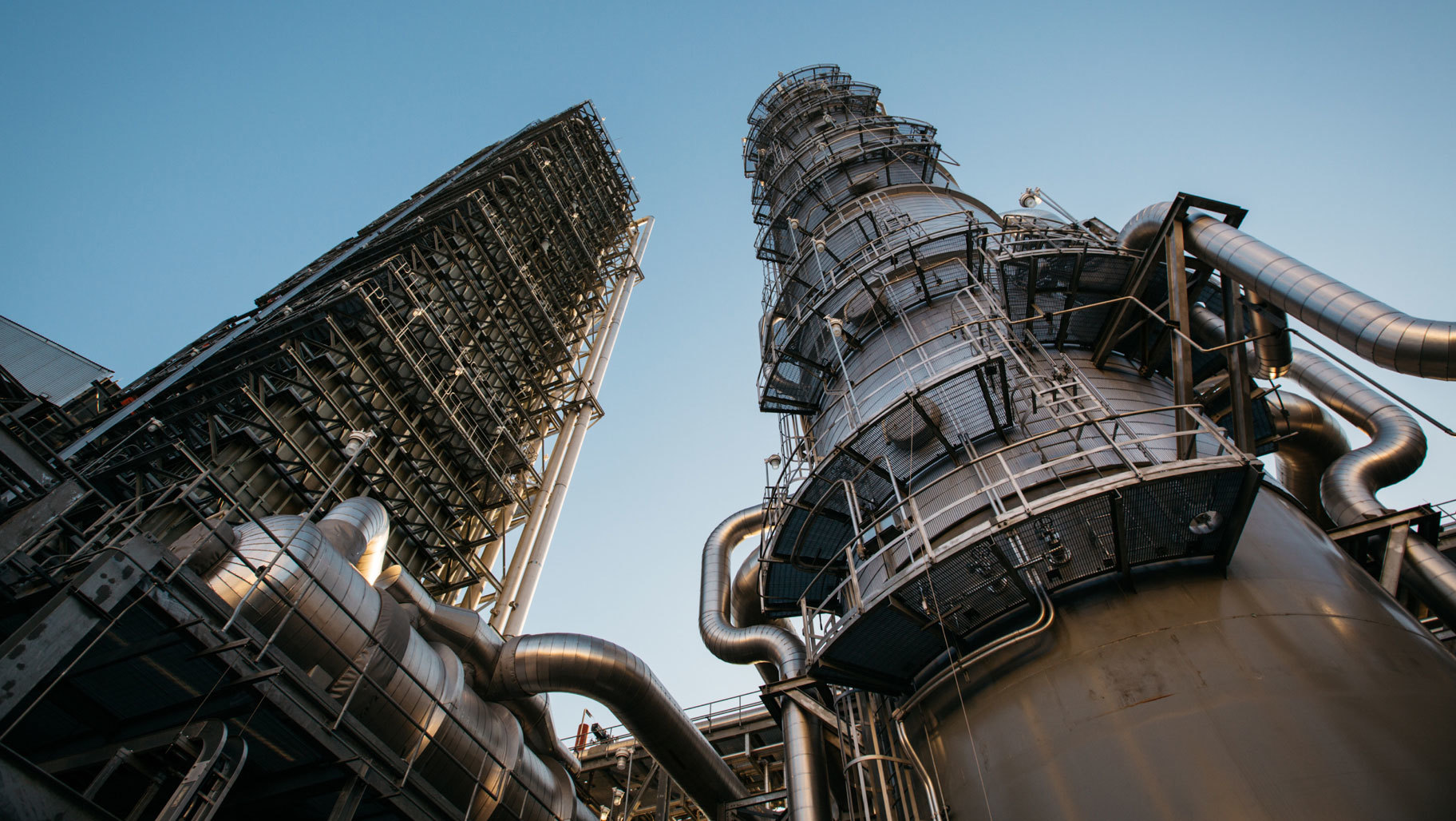
Excess carbon will be stored underground. Occidental injects the CO₂ into oil reserves, causing oil to flow more easily and efficiently, Hollub said.

The plant will remove CO₂ directly out of the air and inject it into oil wells to increase oil production. The Permian Basin, located across parts of Texas and New Mexico, is part of the Mid-Continent Oil Producing Area, where many oil and gas producers have operations. Most current direct-aid capture plants remove thousands of tons per year, said Vicki Hollub, Occidental Petroleum president and chief executive officer. The company plans to build a plant in the Permian Basin capable of removing one million metric tons of CO₂ per year from the air. Perhaps the most ambitious carbon capture projects under consideration is that of Occidental Petroleum’s subsidiary Oxy Low Carbon Ventures, which develops CCUS technologies. Here are five carbon-capture projects under development or actually operating in the United States, examples of the recent endeavors to remove CO₂ from the atmosphere. Last year, the Clean Air Task Force launched an interactive map that shows the location of every carbon capture project in the United States, said Deepika Nagabhushan, CATF program director. The second method-carbon capture utilization and storage (CCUS)-puts the some of the recovered CO₂ to use in other ways, often to help with oil extraction. CCS literally captures carbon from the atmosphere and stores it deep underground. They all call upon one of two methods to reduce CO₂.

has a larger than ever number of carbon capture projects either in the proposal or construction phase, or are already operating.

The United States is on trend with those findings. In 2020, the total capacity of carbon capture and storage (CCS) facilities either currently operating or under construction grew by 33 percent worldwide, the institute found. These endeavors either store the CO₂ deep underground or put it to some use. With more funding available, including from incentive programs, projects that aim to remove carbon dioxide (CO₂) from the atmosphere are seeing a resurgence in popularity, according to Global CCS Institute, an international think thank. Department of Energy announced up to $24 million for research into technology that captures carbon dioxide emissions from the air, a technique called direct air capture (DAC). Carbon capture is back. In March, the U.S.


 0 kommentar(er)
0 kommentar(er)
